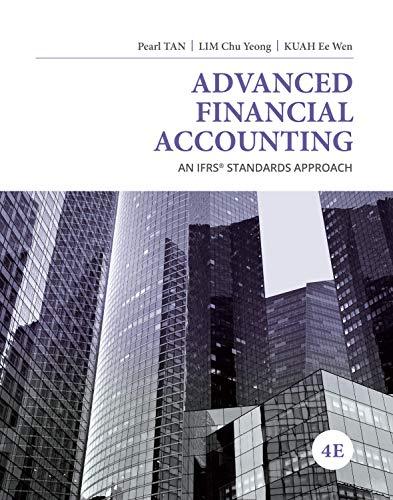Question
See the Excel sheet Activity 8 Calculations for the budget and actual results data. The CEO of New Look Jackets Inc. (NLJ) was reviewing the
See the Excel sheet "Activity 8 Calculations" for the budget and actual results data.
The CEO of New Look Jackets Inc. (NLJ) was reviewing the operating results (see Exhibit I). He was pleased to see that sales and net income were higher than budgeted, but he had a feeling that the aggregated numbers were hiding some information. He decided to call in you, CPA, the company's newly hired controller, to ask for an explanation of the variance he is seeing.
NLJ produces and sells two lines of jackets, one made of nylon and one made of leather. The market for nylon jackets is large and competitive, but the leather jacket market has traditionally been small, with only a few competing manufacturers. During the year, fashion trendsetters highlighted leather jackets, creating an increase in demand. Unfortunately, NLJ did not foresee this trend and, as a result, had under-budgeted sales demand.
The increased demand for leather jackets created great turmoil in the production plant. Supply of direct materials had been contracted at the beginning of the year based on the budgeted requirements at standard quantities: 2.5 metres at a cost of $20 per metre for leather, and 2.8 metres at $2.50 per metre for nylon. While nylon remained stable, NLJ's buyers had to purchase the increased requirements for leather from various new sources, some of which proved to be unreliable and more expensive. The average cost of leather was $21 per metre.
Workers skilled in cutting and sewing leather are normally paid $20/hour and work for two hours on each jacket. Nylon requires less skill, and these workers are paid $8 per hour and require one hour for each jacket. As skilled workers were scarce, the production manager had to hire and train inexperienced workers to make the additional leather jackets. This brought down the average hourly rate for a leather worker to $17.60.
In late December, the production manager reported to the CEO that, despite the many necessary adjustments that were made during the year, he managed to fill all orders for both lines of jackets. He was proud of his department's performance and requested that sizable bonuses be awarded to all production workers and staff.
Hearing about the production manager's request, the marketing manager asked to speak with the CEO.
Marketing manager:"I hear that the production manager has been boasting about his department's performance this year. Sure, he filled all of the orders, but deliveries were usually two to four weeks late and many of the leather jackets were sent back for replacement because of flaws in the production and sizing errors. We've built our reputation on good service and quality products. We've never been late on deliveries before, and returns have always been virtually non-existent. I'm afraid we're going to lose some of our longstanding customers if we don't get our service and quality back to our usual standards."
CEO: "The production manager admitted to having quality-control problems because the experienced leather workers did not have the time to adequately train and supervise the new, inexperienced workers that were hired. However, he assured me that the new workers need only another month or two to perfect their skills and get up to speed."
Marketing manager:"Well, I hope so. The fashion trend for leather jackets is expected to continue and this year's sales are expected to surpass last year's. If we can deliver good-quality jackets on time and hold to budget, I think we can sell a lot."
After his meeting with the marketing manager, the CEO met with you. The CEO described his conversations with the production and marketing managers, and then requested a variance analysis of sales for volume and price, as well as a variance analysis for direct material and direct labour for cost and efficiency, with a written explanation of the reasons for the variances and their significance, in the detailed variance report. He is also interested in your recommendation regarding the performance evaluation and bonus allocation of the two departments and their managers, and ways better measure progress for next year.
You decide to start by identifying the responsibilities of the marketing and production departments, then identifying the sections of the income statement they have an impact on. Next, you will develop the flexible budget by recasting the static budget for actual volumes and use the flexible budget to calculate the flexible budget variances. Finally, you use all this information to assist in the variance calculations and analysis. PLEASE ANSWER THESE


Step by Step Solution
There are 3 Steps involved in it
Step: 1

Get Instant Access to Expert-Tailored Solutions
See step-by-step solutions with expert insights and AI powered tools for academic success
Step: 2

Step: 3

Ace Your Homework with AI
Get the answers you need in no time with our AI-driven, step-by-step assistance
Get Started


